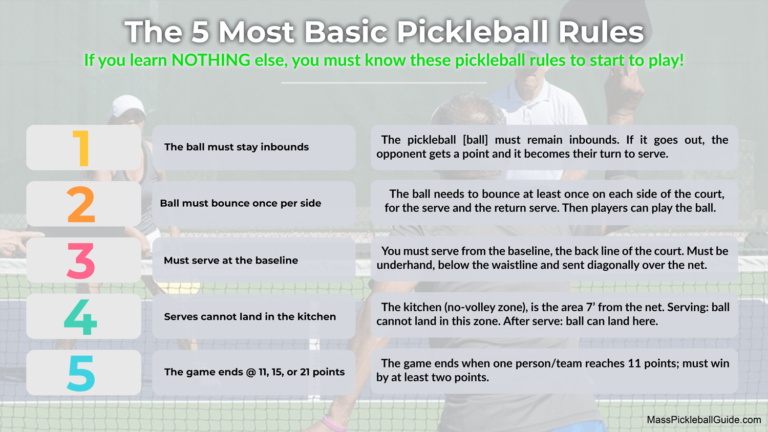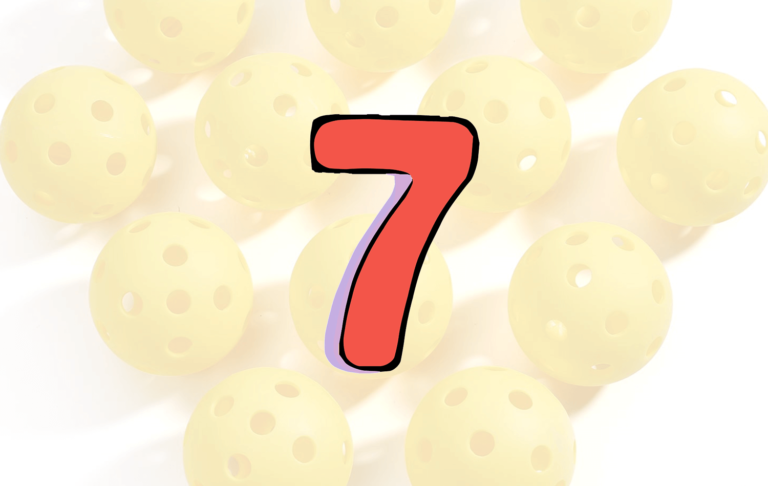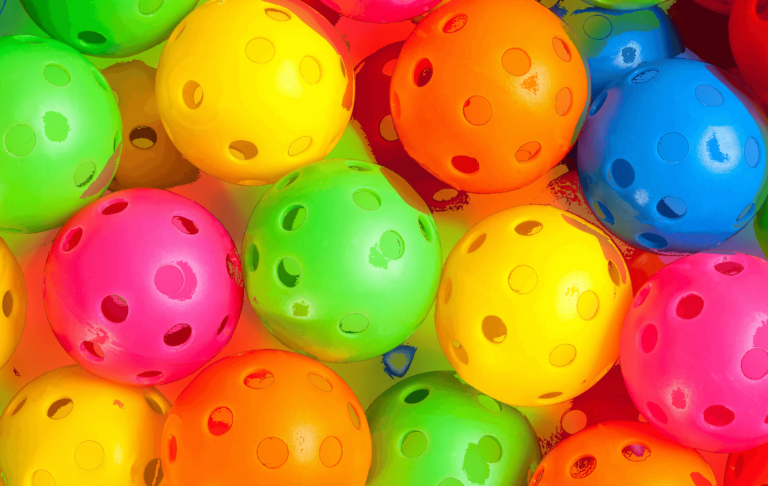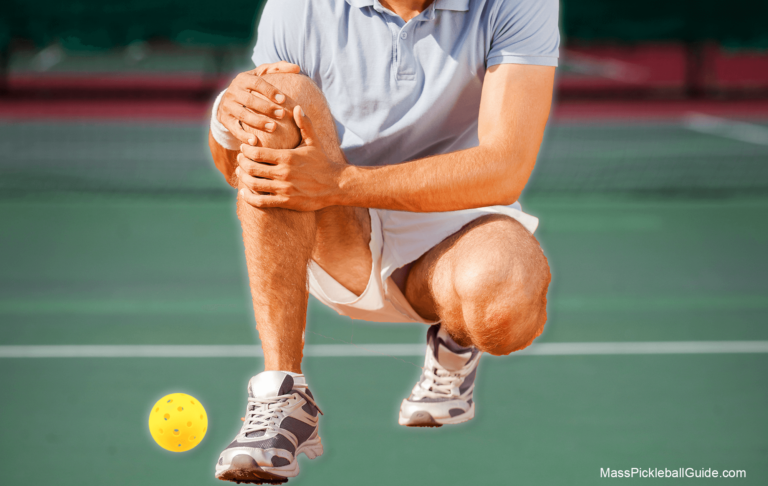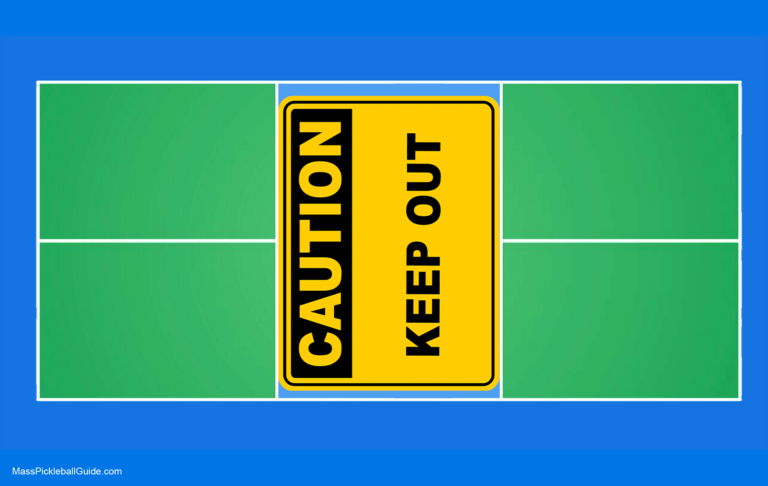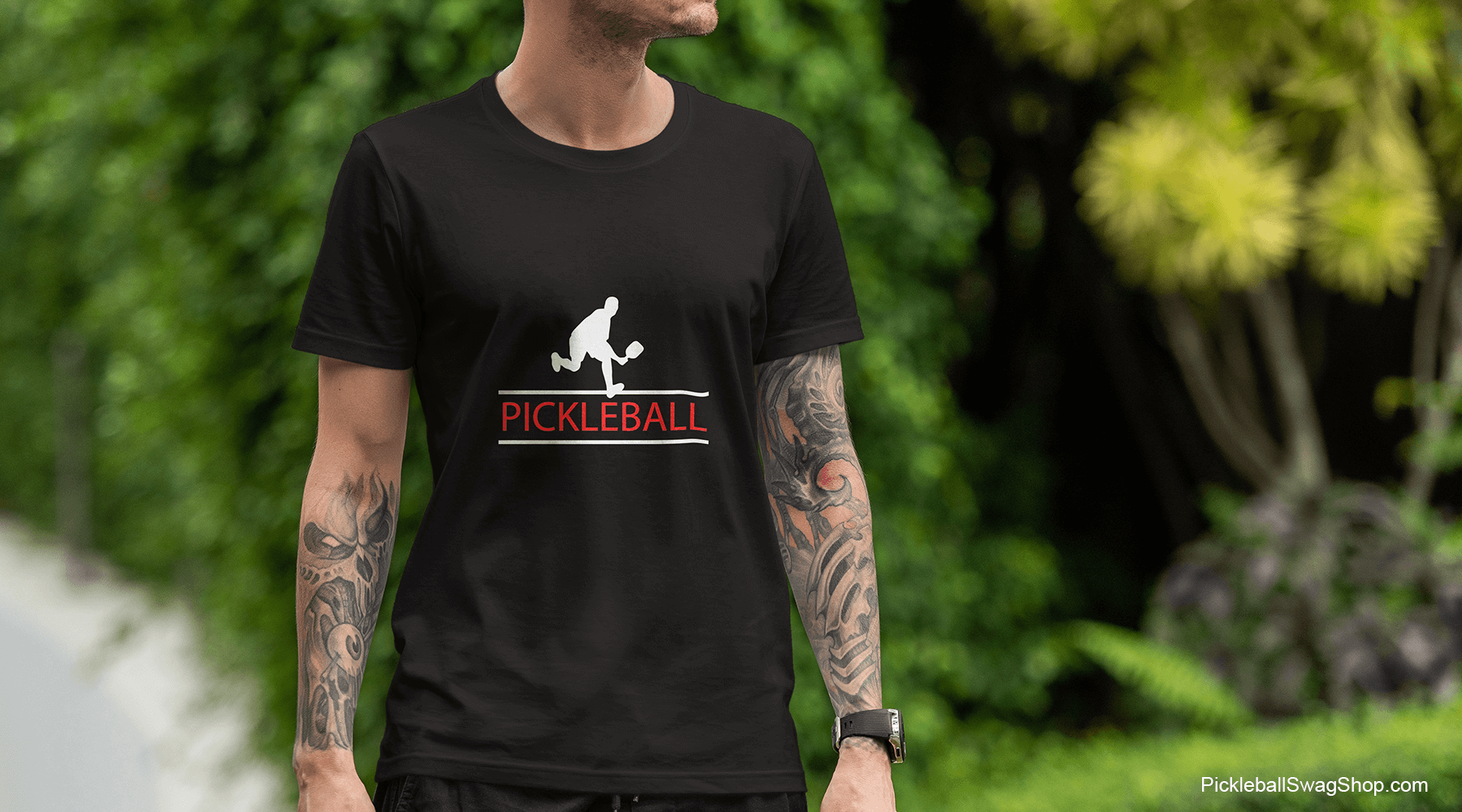Unlocking the Secrets of the Pickleball Rules Book: Tips and Tricks
some are not so clear
Introduction
As with any sport, pickleball mastery isn’t just about physical skills—it’s about knowing the game inside out. And in the case of pickleball, it’s all about unlocking the secrets of the rules book.
Understanding pickleball rules is paramount for both the rookie trying to understand the basics and the seasoned pro aiming to get an edge. After all, strategy changes when you know the rules like the back of your hand.
The Evolving Nature of Pickleball Rules
The game of pickleball, though relatively new compared to other racquet sports, has seen its share of rule evolutions. Like every sport, as gameplay techniques advance and player skills improve, rules are adapted to maintain fairness and challenge.
Did you know? The rules governing the ball itself have recently undergone changes. Dive into the pickleball ball rule change to discover how this could affect your game.
Reasons for rule changes:
- Player Safety: As techniques evolve, some can potentially harm players. Rule changes often intervene to keep the game safe.
- Fair Play: Rules ensure that no player or team has an undue advantage.
- Game Evolution: Sometimes, changes are made to make the game more engaging or challenging.
- Miscellaneous: And other times it is simply giving folks something to do. Imagine if you can, that if there were no changes to pickleball in a year. Jobs would be lost and committees would be disbanded. If gives folks a sense of purpose. That’s why some rule changes make no sense at all.
Staying updated with these changes ensures you’re always playing pickleball as it’s meant to be played and gives you the edge over opponents who might not be as well-informed.
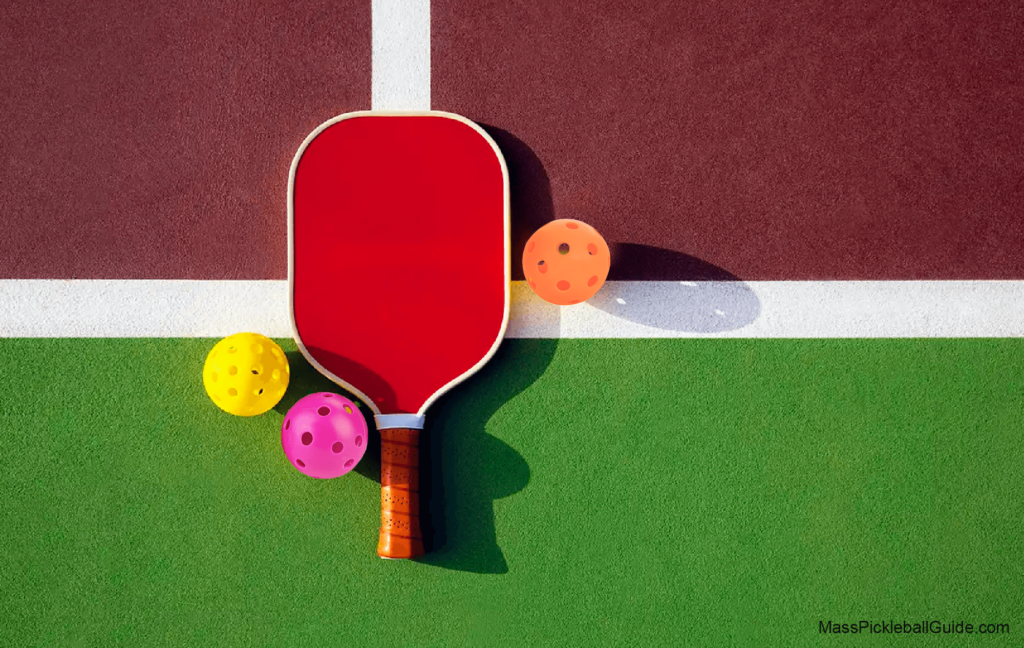
Navigating the ‘Kitchen’ in Pickleball
One of the most iconic and distinctive features of the pickleball court is the “non-volley zone,” popularly known as the “kitchen.” It’s an area where certain play restrictions apply, making it a strategic hotspot for players.
What is the ‘Kitchen’?
The ‘kitchen’ in pickleball refers to the area extending 7 feet on both sides of the net. Within this zone, players are prohibited from executing volley shots—that is, hitting the ball before it bounces.
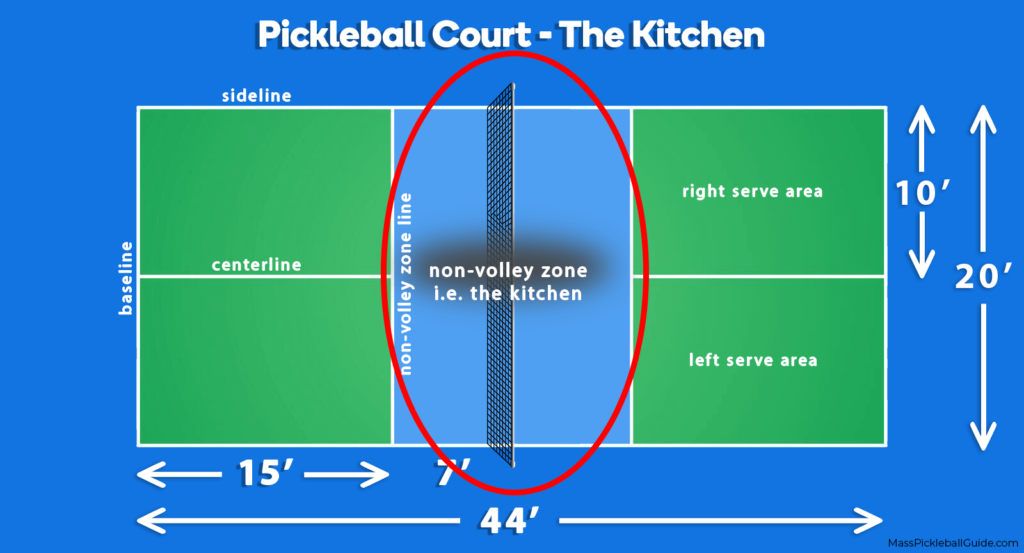
Curious about the peculiar name? The origins of “kitchen” in pickleball are shrouded in mystery, with several entertaining theories, but the message is clear: stay out of the kitchen unless you’re prepared!
Key points related to the ‘kitchen’:
- Master the Soft Game: Playing in the ‘kitchen’ often involves softer, controlled shots to keep the ball in play. This contrasts with the power game from the baseline.
- Foot Faults: Be wary of stepping into the ‘kitchen’ when volleying. A common mistake is not being aware of foot positioning.
- Strategic Movement: Use the ‘kitchen’ to your advantage. By controlling this zone, you can force opponents into difficult shots.
For a deep dive into strategies and specific rules governing this area, explore the pickleball kitchen rules.
Commonly Misunderstood Rules
Even experienced players occasionally stumble on some pickleball rules, leading to lost points or even games. Knowing these can give you a significant edge:
- Double Bounce Rule: After a serve, each side must let the ball bounce once before volleying. It ensures that teams have a fair chance to set up and respond.
- Service Sequence: In doubles, the sequence of serving between partners can be confusing. Only one partner serves until they lose a point, then the opponents take over.
- Paddle Faults: Touching the ball with anything other than the paddle surface or hitting it more than once results in a fault.
But it’s not just about understanding; it’s also about perspective. Some rules seem odd or even frustrating to players. Check out the worst pickleball rules players often lament about. But remember, every rule, no matter how quirky, is there for a reason.
Frequently Forgotten Rules
Pickleball, while straightforward at a glance, has subtle rules that players often overlook. These are not necessarily complex, but they’re easily forgotten in the heat of the game:
- Serve Motion: The serve must be underhand with the paddle’s face below the wrist.
- Serving from the Right Box: The server should always start from the right box at the beginning of a new game.
- Clearing the Net: The serve should clear both the net and the non-volley zone. Any ball landing in the ‘kitchen’ on a serve is a fault.
Ensure you’re always on top of your game by exploring the finer points of the rules.
Special Rules and Unique Cases
As in any sport, pickleball has its share of unique and quirky rules:
- Hearing Aid and Earbuds Rule: Wearing earbuds or headphones during official games isn’t permitted. Dive into the backstory and rationale behind the hearing aid earbuds rule.
- Replays: If an external disturbance, like an errant ball from another court, interrupts play, a replay can be called.
- Switching Paddles: Players aren’t allowed to switch paddles during a game unless their current one is damaged.
Tips and Tricks for Remembering Rules
With the sheer volume of rules in pickleball, it can be challenging to remember them all:
- Regular Refresher: Periodically review the official rulebook.
- Practice with Purpose: Emphasize a particular rule set during practice matches.
- Rule Discussion Groups: Engage in groups where rules are discussed.
Conclusion
Pickleball is more than just a racquet and a ball—it’s a game of strategy, quick reflexes, and yes, rules. Whether you’re just starting or have been playing for years, continually learning and refreshing your knowledge is crucial. Dive deep, ask questions, and always keep the spirit of the game alive.

